Introduction
When it comes to outdoor cooking, few things evoke the spirit of adventure and camaraderie quite like cowboy-inspired meals. These hearty dishes have become synonymous with the rugged lifestyle of cowboys and cowgirls who ventured into the great outdoors, often preparing meals over an open fire. Cowboy cuisine is not just about sustenance; it’s a celebration of simple, wholesome ingredients that bring people together around a campfire or picnic table.
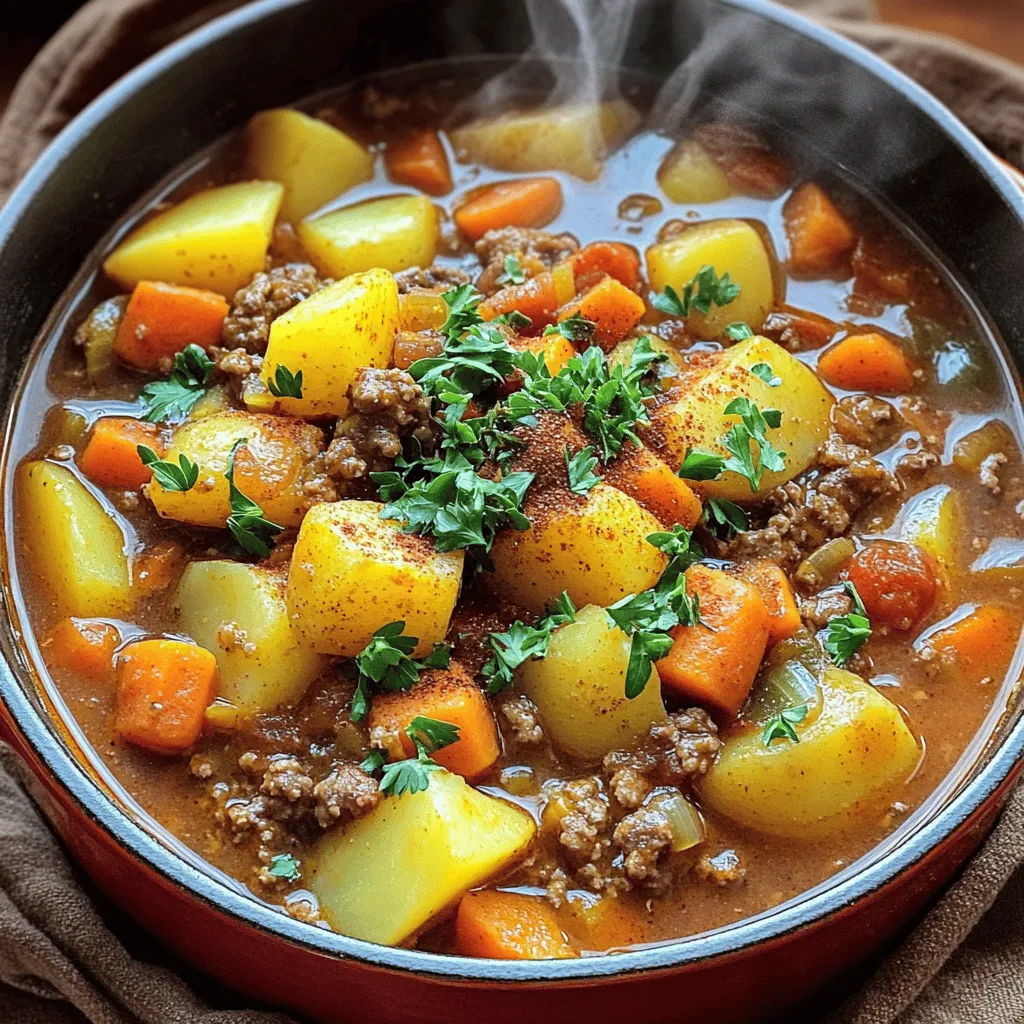
One such dish that captures this essence is Cowboy’s Campfire Stew. This robust, one-pot meal is not only perfect for gatherings with family and friends but also an ideal choice for camping trips where simplicity and flavor are key. With its rich flavors and satisfying textures, this stew embodies comfort food at its best, making it a beloved recipe for outdoor enthusiasts and home cooks alike.
At the heart of Cowboy’s Campfire Stew lies the philosophy of using straightforward, wholesome ingredients to create a dish that is both filling and flavorful. This stew exemplifies the notion that cooking doesn’t have to be complicated to be delicious. It showcases the beauty of combining fresh vegetables, quality protein, and aromatic seasonings in a single pot, allowing the ingredients to meld together beautifully as they simmer.
Whether you’re sitting around a campfire under a starlit sky or enjoying a family meal at home, Cowboy’s Campfire Stew offers warmth, nourishment, and a taste of the wild west. Let’s dive into the essential ingredients that make this dish a standout.
Understanding the Ingredients
The beauty of Cowboy’s Campfire Stew lies in its simplicity, featuring a handful of core ingredients that work together to create a hearty and fulfilling meal. Each ingredient plays a crucial role in contributing to the stew’s overall flavor and nutritional value.
Ground Beef
As the primary protein source in Cowboy’s Campfire Stew, ground beef serves as the flavor base for this dish. When browned, it develops a rich, savory taste that infuses the stew with depth. Ground beef is also a versatile ingredient that can be substituted with ground turkey or plant-based meat alternatives for those looking for lighter options or vegetarian meals.
Vegetables
No stew is complete without a hearty mix of vegetables, and this recipe includes a variety that not only adds flavor but also essential nutrients.
- Onions and Garlic: These aromatics are the foundation of many great dishes. Sautéing onions and garlic at the beginning of the cooking process enhances the overall aroma and flavor of the stew, creating a fragrant base that invites everyone to the table.
- Carrots and Potatoes: These root vegetables add texture and heartiness to the stew. Carrots provide a subtle sweetness, while potatoes contribute creaminess as they cook down and absorb the flavors of the broth.
- Corn: A classic addition to cowboy stews, corn lends a sweet crunch and vibrant color. Whether you use fresh, frozen, or canned corn, it complements the other vegetables beautifully.
Canned Goods
To streamline the cooking process and save time, this recipe incorporates canned goods, specifically diced tomatoes and kidney beans.
- Diced Tomatoes: These provide acidity and moisture to the stew, creating a delicious broth that binds all the flavors together. Canned tomatoes are a convenient and time-saving option, allowing you to skip the peeling and chopping of fresh tomatoes.
- Kidney Beans: Packed with protein and fiber, kidney beans are a staple in many stew recipes. They not only boost the nutritional profile of the dish but also add a creamy texture that enhances the overall mouthfeel.
Seasonings
The right seasonings can elevate a simple stew into something extraordinary. In Cowboy’s Campfire Stew, a blend of Worcestershire sauce, chili powder, and cumin brings depth and warmth to the dish.
- Worcestershire Sauce: This tangy condiment adds a rich umami flavor, enhancing the savory notes of the beef and vegetables.
- Chili Powder and Cumin: These spices infuse the stew with warmth and a hint of smokiness, capturing the essence of cowboy cooking. Adjust the quantities according to your heat preference, and feel free to experiment with other spices like smoked paprika or cayenne pepper for an extra kick.
Versatility of Ingredients
One of the most appealing aspects of Cowboy’s Campfire Stew is its adaptability. While the core ingredients provide a solid foundation, there’s ample room for creativity.
- Protein Options: Aside from ground beef, consider using shredded chicken, diced pork, or even hearty beans for a vegetarian version.
- Vegetable Variations: Feel free to add or substitute vegetables based on seasonal availability or personal preferences. Bell peppers, zucchini, and green beans are excellent additions that complement the stew’s overall flavor.
- Flavor Boosters: Enhance the stew with additional flavor boosters such as fresh herbs like thyme or cilantro, or a splash of hot sauce for those who crave a bit of spice.
With a clear understanding of the ingredients, we can now move on to the preparation steps that will guide you in creating this delightful dish.
Preparation Steps Breakdown
Creating Cowboy’s Campfire Stew is a straightforward process that brings together flavor and technique in a delightful way. Each step is designed to enhance the dish while ensuring that the final result is a comforting, satisfying stew.
Browning the Beef
The first step in preparing Cowboy’s Campfire Stew is browning the ground beef. This step is crucial as it develops the rich flavor base that will permeate the entire dish. Heat a large pot or Dutch oven over medium-high heat, and once hot, add the ground beef.
- Tips for Browning: Use a wooden spoon or spatula to break the meat into smaller pieces as it cooks. Allow it to sear without stirring for a few minutes to develop a nice brown crust. This process caramelizes the natural sugars in the meat, enhancing the overall flavor profile. Once browned, drain any excess fat, if necessary, before proceeding to the next step.
Sautéing Onions and Garlic
With the beef browned, it’s time to add the aromatics. Lower the heat to medium and add chopped onions and minced garlic to the pot.
- Importance of Timing: Sautéing the onions until they become translucent (about 5 minutes) will bring out their sweetness, while the garlic should only be cooked for about 1 minute, just until fragrant. Be careful not to overcook the garlic, as it can turn bitter if browned too much.
Cooking the Vegetables
Once the onions and garlic are fragrant, it’s time to add the carrots and potatoes to the pot.
- Timing for Texture: Stir the vegetables into the mixture and allow them to cook for another 5-7 minutes. This step helps the vegetables soften slightly before adding the liquids, ensuring they retain some texture in the final stew.
Combining All Ingredients
After the vegetables have had a chance to soften, it’s time to combine all the ingredients. Pour in the canned diced tomatoes (with their juices), drained kidney beans, corn, and your seasonings: Worcestershire sauce, chili powder, and cumin.
- Layering Flavors: Stir everything together, ensuring that the beef, vegetables, and spices are evenly distributed. This step is critical as it allows the flavors to meld together during the cooking process.
Cooking the Stew
To finish, add enough broth or water to cover the ingredients, typically about 4 cups. Bring the mixture to a boil, then reduce the heat to low, cover the pot, and let it simmer for about 30-40 minutes.
- Managing Time and Conditions: Check the stew occasionally, stirring to prevent sticking and ensure even cooking. If the stew thickens too much, feel free to add a bit more broth or water to reach your desired consistency.
As the stew simmers, the aromas will fill your kitchen or campsite, inviting everyone to gather around for a hearty meal.
Nutritional Benefits
Cowboy’s Campfire Stew is not only a comforting and delicious dish but also packed with nutritional benefits that make it a wholesome meal choice. The combination of protein, vegetables, and fiber creates a balanced dish suitable for various dietary needs.
Protein Content
The ground beef and kidney beans provide a significant amount of protein, making this stew a filling option for active individuals and families. Protein is essential for muscle repair and growth, making this dish an excellent post-adventure meal.
Vitamins and Minerals
The array of vegetables in the stew contributes essential vitamins and minerals. Carrots provide vitamin A, which is vital for eye health, while potatoes offer potassium for muscle function. The inclusion of corn adds dietary fiber, which aids in digestion and promotes a healthy gut.
Fiber Content
Fiber plays a crucial role in maintaining digestive health, and Cowboy’s Campfire Stew delivers on this front. The beans and corn add a substantial amount of dietary fiber, helping to keep you feeling full longer and supporting overall health.
Dietary Adaptability
With its flexible ingredients, Cowboy’s Campfire Stew can easily accommodate various dietary preferences. Whether you’re looking for a gluten-free option or a hearty vegetarian meal, this stew can be tailored to fit your needs.
In summary, Cowboy’s Campfire Stew is a delightful dish that encapsulates the spirit of outdoor cooking while providing a nourishing and satisfying meal. As you prepare to make this hearty stew, remember that the simplicity of the ingredients and the love you put into the cooking process will shine through in every bite. Stay tuned for the next part where we will dive into additional cooking tips and tricks to elevate your Cowboy’s Campfire Stew experience.
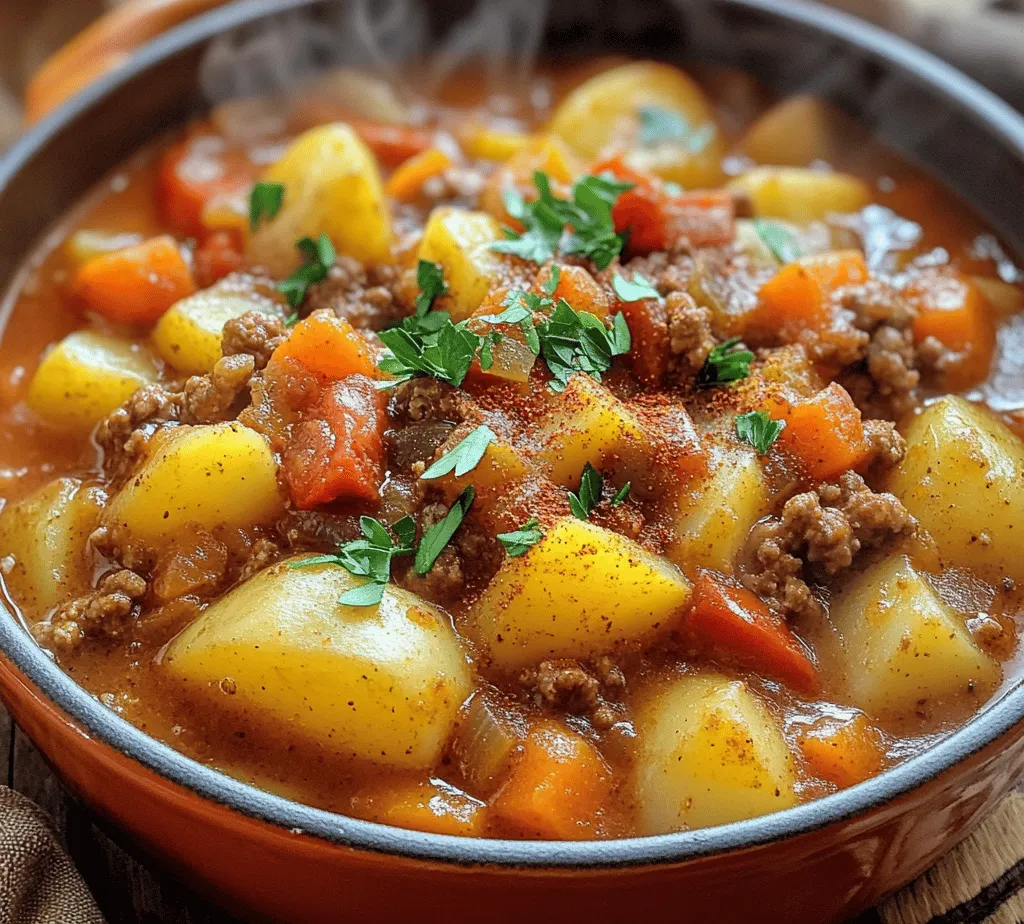
Cooking Techniques and Tips
Cowboy’s Campfire Stew is a dish that embodies the spirit of outdoor cooking, and its preparation involves a few key cooking techniques that enhance both the flavor and texture of the dish. The primary methods used in this recipe are sautéing and simmering, each playing a crucial role in creating a hearty and satisfying stew.
Sautéing and Simmering: How They Affect Flavor and Texture
Sautéing is the first step in this recipe, where you cook the meat and vegetables in a bit of oil over medium-high heat. This technique allows the ingredients to develop a rich, caramelized flavor, enhancing the overall taste of the stew. The high heat helps to brown the meat, sealing in juices that will later contribute to the stew’s depth of flavor.
Once the ingredients are sautéed, the simmering process begins. By lowering the heat and allowing the stew to cook gently, the flavors meld together beautifully. This slow cooking method allows the tougher cuts of meat to become tender and the vegetables to soften, creating a dish that is both comforting and flavorful.
Importance of Simmering Time for Tender Vegetables
Simmering is not just about letting the stew cook; it’s about timing. For optimal results, you should aim to simmer your stew for at least 30 to 45 minutes. This duration is essential for ensuring that the vegetables, such as carrots and potatoes, become tender without losing their shape and texture. If simmered for too short a time, the vegetables may remain crunchy, while overcooking can lead to a mushy texture that detracts from the dish’s appeal.
Common Mistakes to Avoid When Preparing the Stew
While making Cowboy’s Campfire Stew can be straightforward, there are several common pitfalls to avoid:
1. Overcooking versus Undercooking Vegetables: As mentioned, finding the right simmering time is crucial. Monitor the vegetables closely as they cook, aiming for a balance where they are tender but not falling apart.
2. Balancing Seasonings for Optimal Taste: Cowboy’s Campfire Stew relies on a blend of spices to elevate its flavor. Be cautious not to over-season early on; instead, taste the stew as it cooks and adjust the spices accordingly. Remember that flavors intensify during simmering, so start with a conservative amount of salt and pepper.
3. Rushing the Sautéing Process: Sautéing is not the step to rush. Give the meat enough time to brown, as this will create a more complex flavor profile. If you overcrowd the pan, the meat may steam instead of sear, preventing that delicious browning effect.
Serving Suggestions
Once your Cowboy’s Campfire Stew is ready, it’s time to think about how to serve it. Here are some delightful ideas that will enhance your dining experience:
- Pairing with Crusty Bread or Cornbread: One of the best ways to enjoy stew is with a side of crusty bread or warm cornbread. The bread can be used to soak up the rich broth, making each bite even more satisfying. Consider serving the stew in bowls alongside a platter of freshly baked cornbread; it’s a classic combination that never fails to please.
- Suggestions for Side Dishes That Complement the Stew: To round out your meal, consider pairing the stew with simple side dishes like a fresh garden salad or roasted vegetables. A light salad can provide a refreshing contrast to the hearty stew, while roasted vegetables can add depth and additional flavor.
- Presentation Ideas for a Rustic Table Setting: To fully embrace the cowboy theme, consider a rustic table setting. Use wooden bowls and plates, and incorporate natural elements like burlap or wildflowers. A simple centerpiece with candles can create a warm, inviting atmosphere perfect for sharing this hearty meal with family and friends.
Variations and Customizations
Cowboy’s Campfire Stew is a versatile dish that can be adapted to suit your taste preferences or dietary needs. Here are some variations and customizations to consider:
- Substituting Meats: While the classic recipe often uses beef, feel free to experiment with different meats. Ground turkey or sausage can be excellent alternatives, providing a leaner option or a different flavor profile. You might even try using venison or bison for a more authentic cowboy experience.
- Vegetarian or Vegan Adaptations: If you’re looking for a meat-free version of this stew, consider using plant-based proteins such as lentils, chickpeas, or tofu. These ingredients can add texture and protein while still maintaining the hearty essence of the dish. Additionally, using vegetable broth instead of beef broth will keep the flavors rich and satisfying.
- Adding Different Vegetables or Spices for Unique Flavors: The beauty of a stew is its adaptability. You can add seasonal vegetables like zucchini, bell peppers, or even sweet potatoes for a twist on the classic recipe. Experimenting with spices can also change the overall flavor; consider adding spices like cumin, smoked paprika, or a touch of cayenne pepper for an extra kick.
The Cultural Context of Cowboy Cooking
Understanding the historical significance of cowboy cooking enhances the enjoyment of Cowboy’s Campfire Stew. Cowboy meals often revolved around hearty, filling ingredients that could sustain long days on the trail. Campfire meals were not just about nourishment; they also fostered camaraderie among cowboys as they gathered around the fire to share stories and meals.
The role of campfire cooking in cowboy culture cannot be overstated. It symbolizes a connection to the land, outdoor adventures, and the simplicity of life on the open range. Cowboy cooking traditions have influenced modern outdoor cooking, with many contemporary chefs drawing inspiration from these rustic roots.
Today, cowboy-inspired dishes continue to thrive in contemporary cuisine, often seen at cook-offs, barbecues, and outdoor gatherings. Restaurants specializing in Western or barbecue fare frequently feature cowboy dishes, keeping these traditions alive for new generations to enjoy.
Conclusion
Cowboy’s Campfire Stew is more than just a meal; it’s a celebration of simplicity, tradition, and community. The charm of this stew lies in its hearty ingredients and the ease with which it can be prepared in one pot. It’s a dish that brings people together, whether around a campfire under the stars or at the dinner table with family and friends.
Embracing one-pot meals like this stew allows for creativity in the kitchen while providing comfort and satisfaction. As you share this dish with loved ones, you not only nourish their bodies but also create memories that will last a lifetime. So gather around, share your stories, and enjoy the warmth and richness that Cowboy’s Campfire Stew brings to your table. Cooking is not just about the food; it’s about the connections we make and the traditions we uphold.
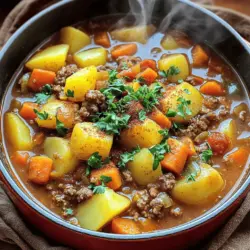

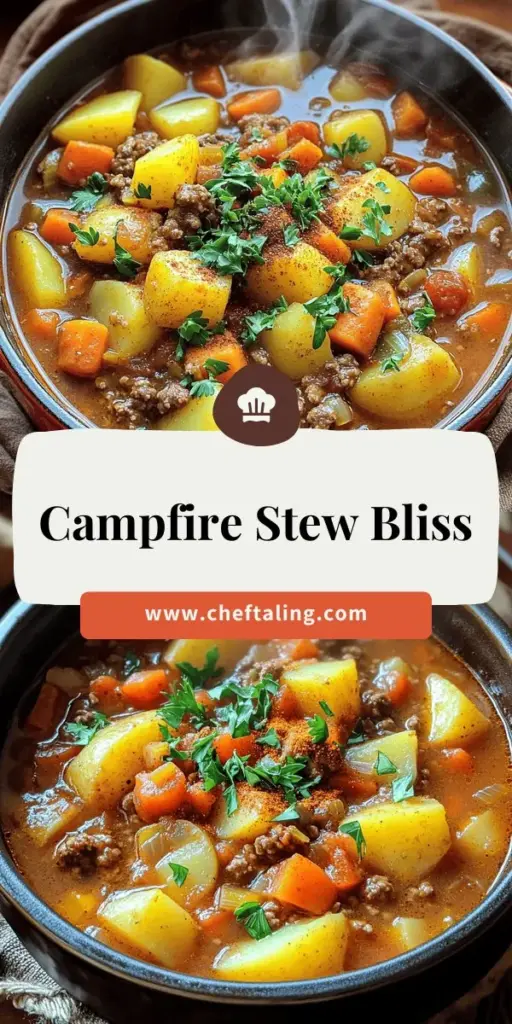

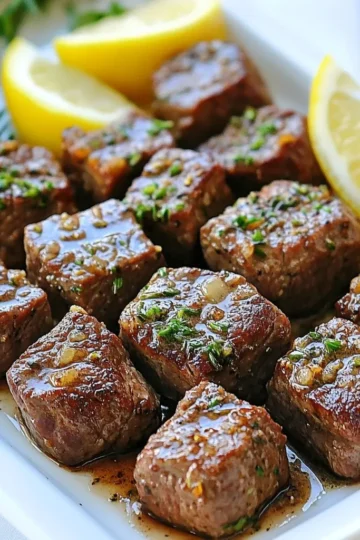
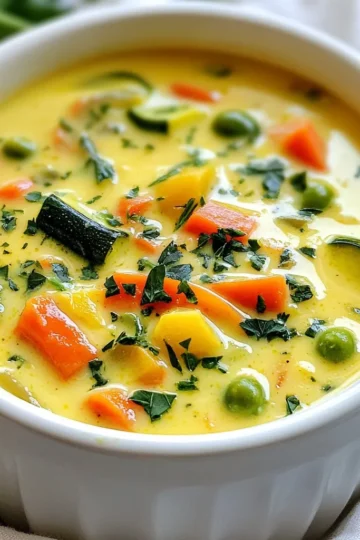
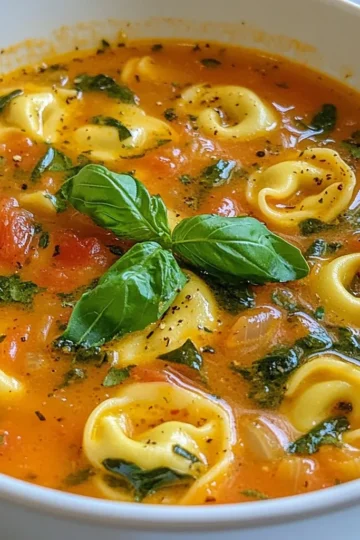
Leave a Reply